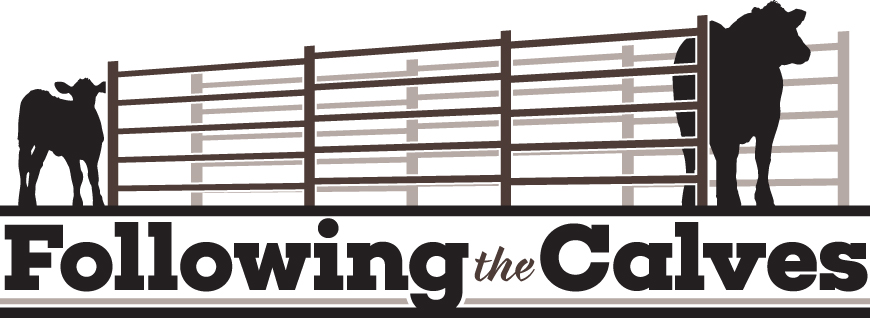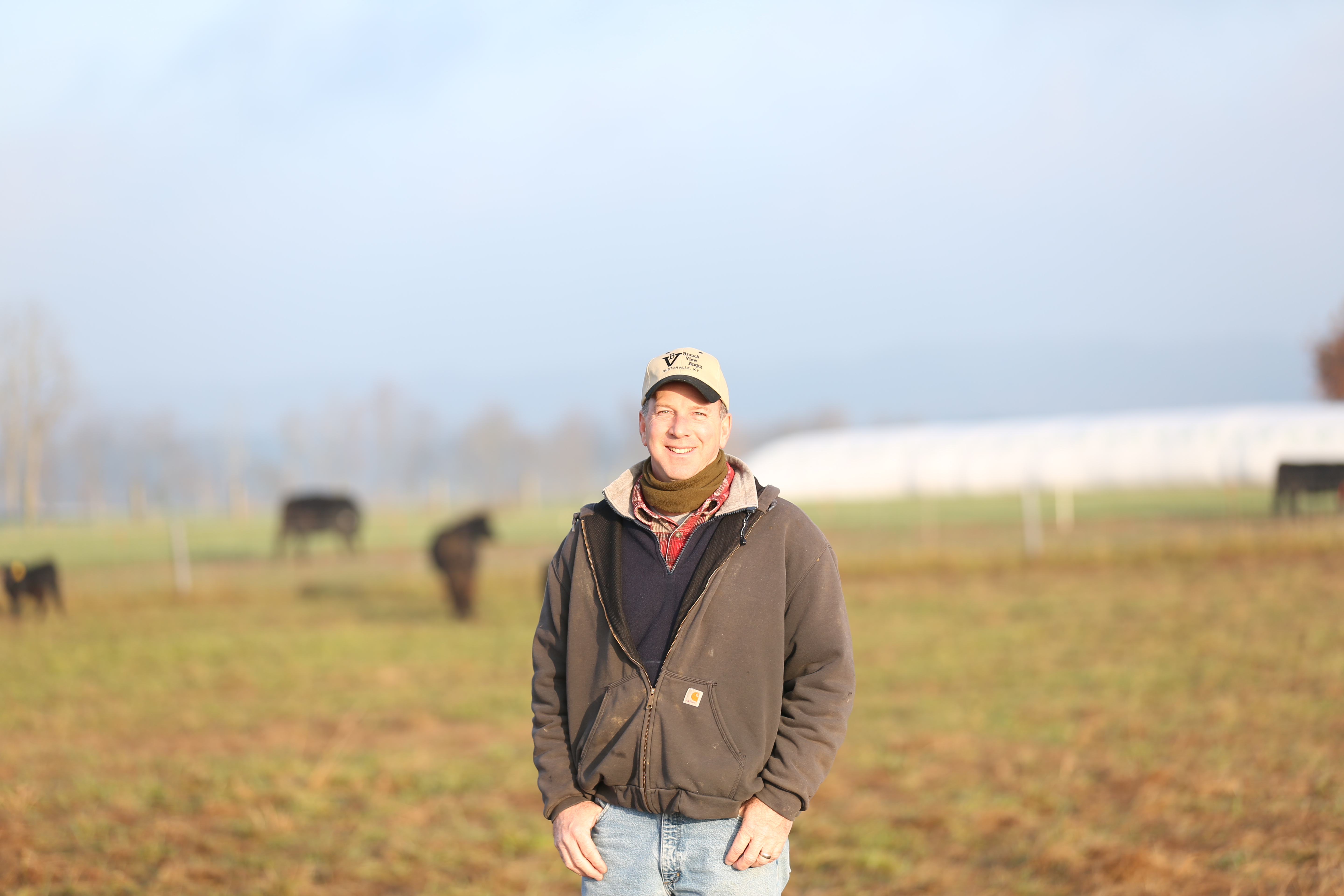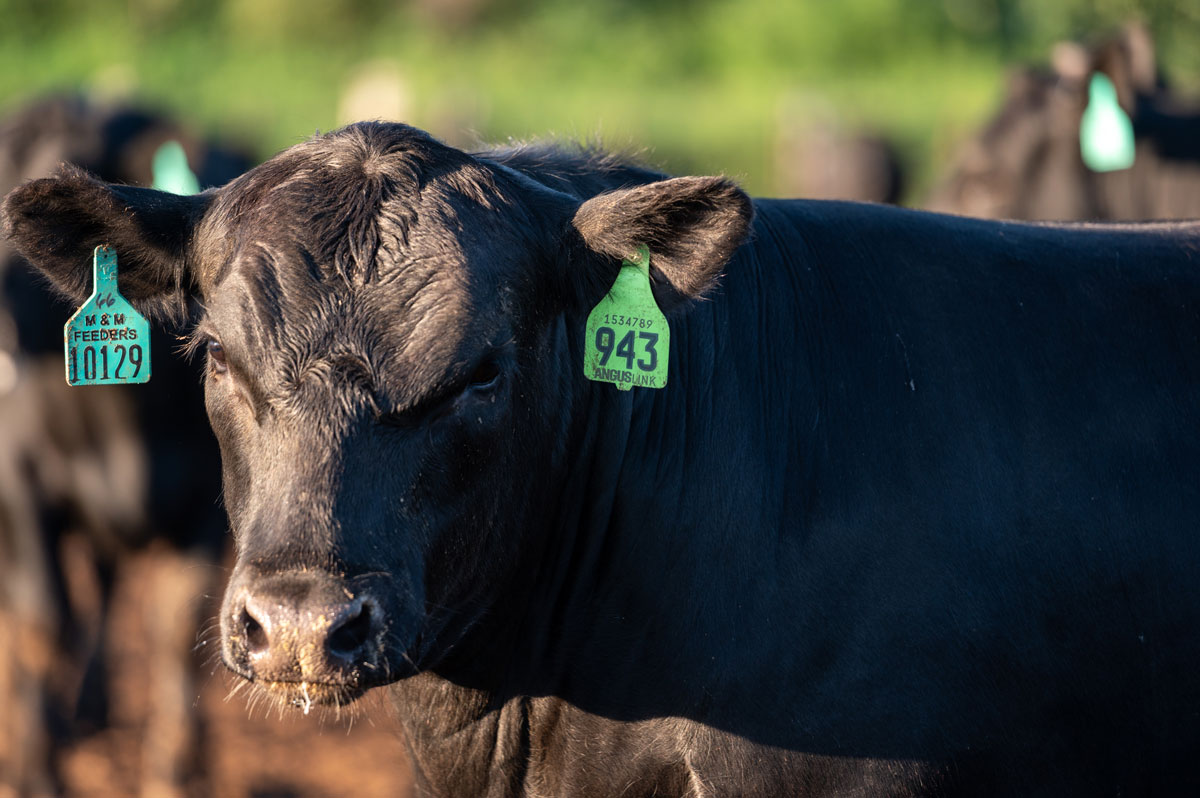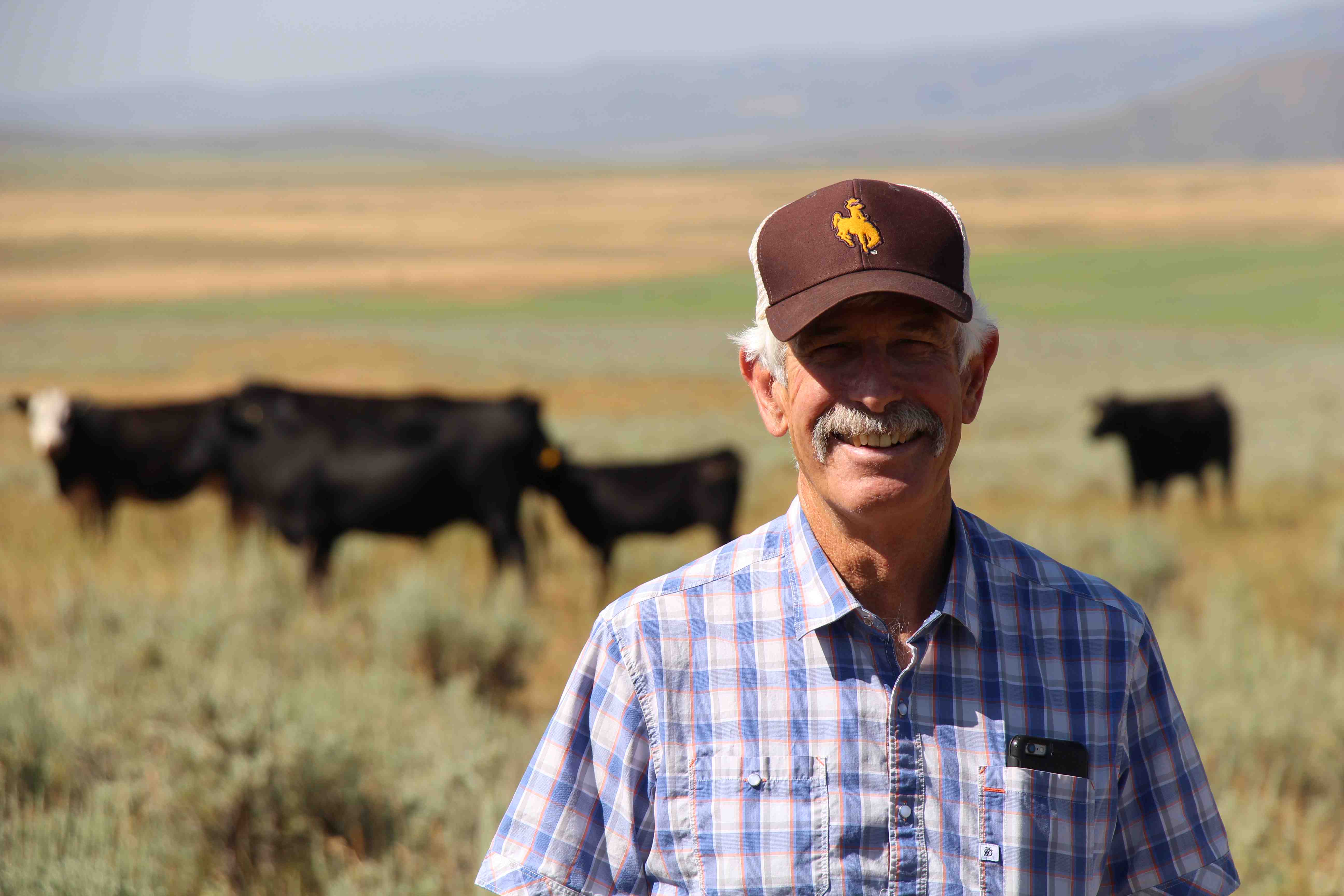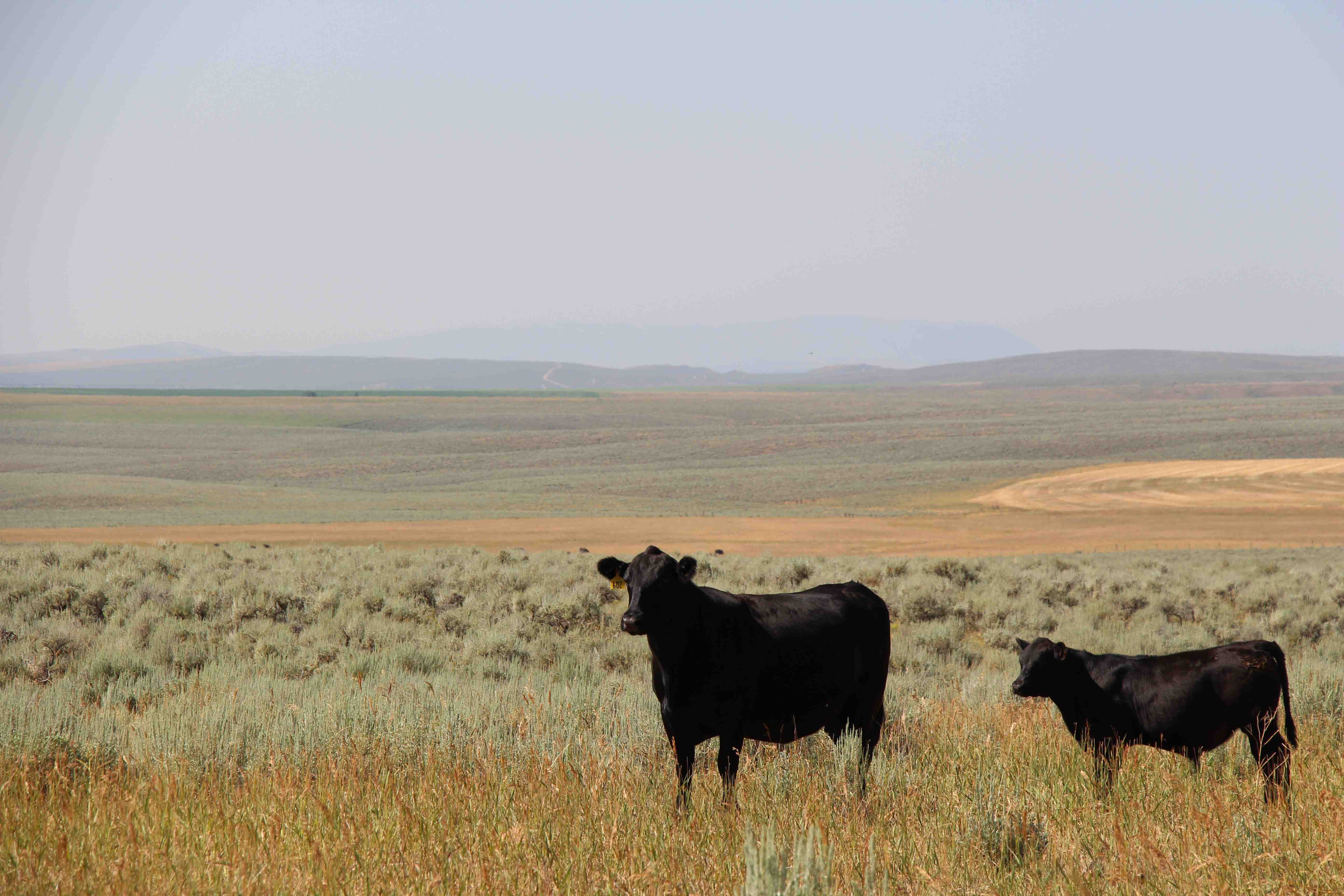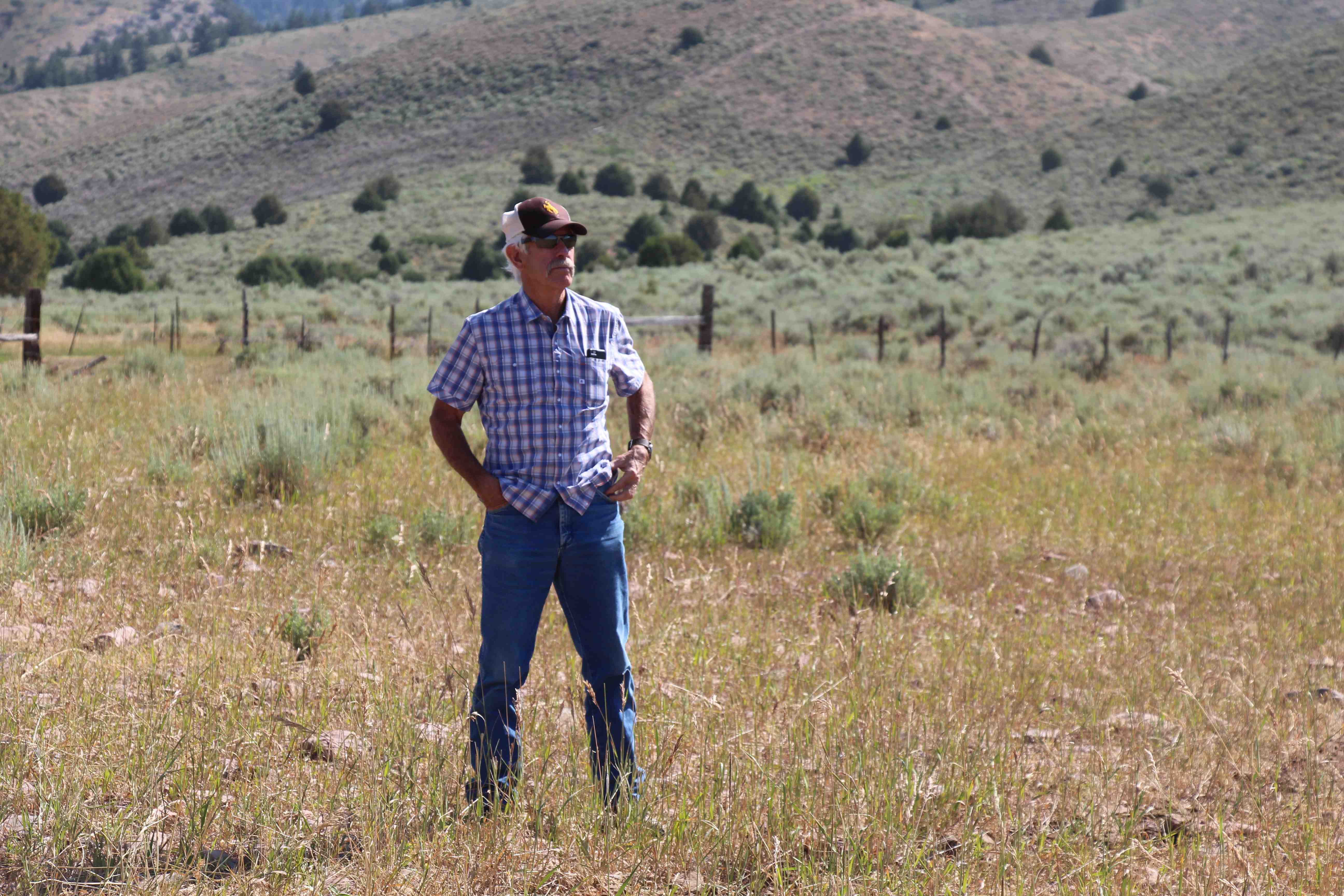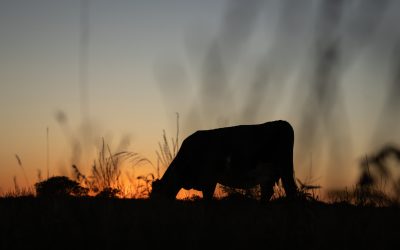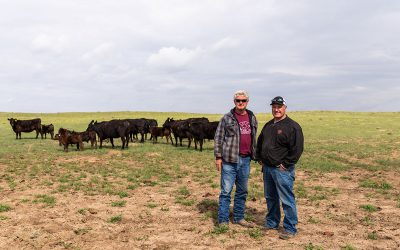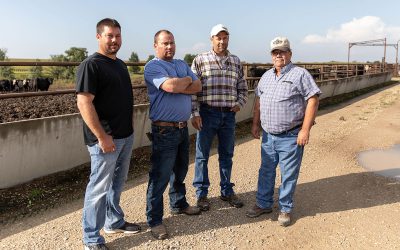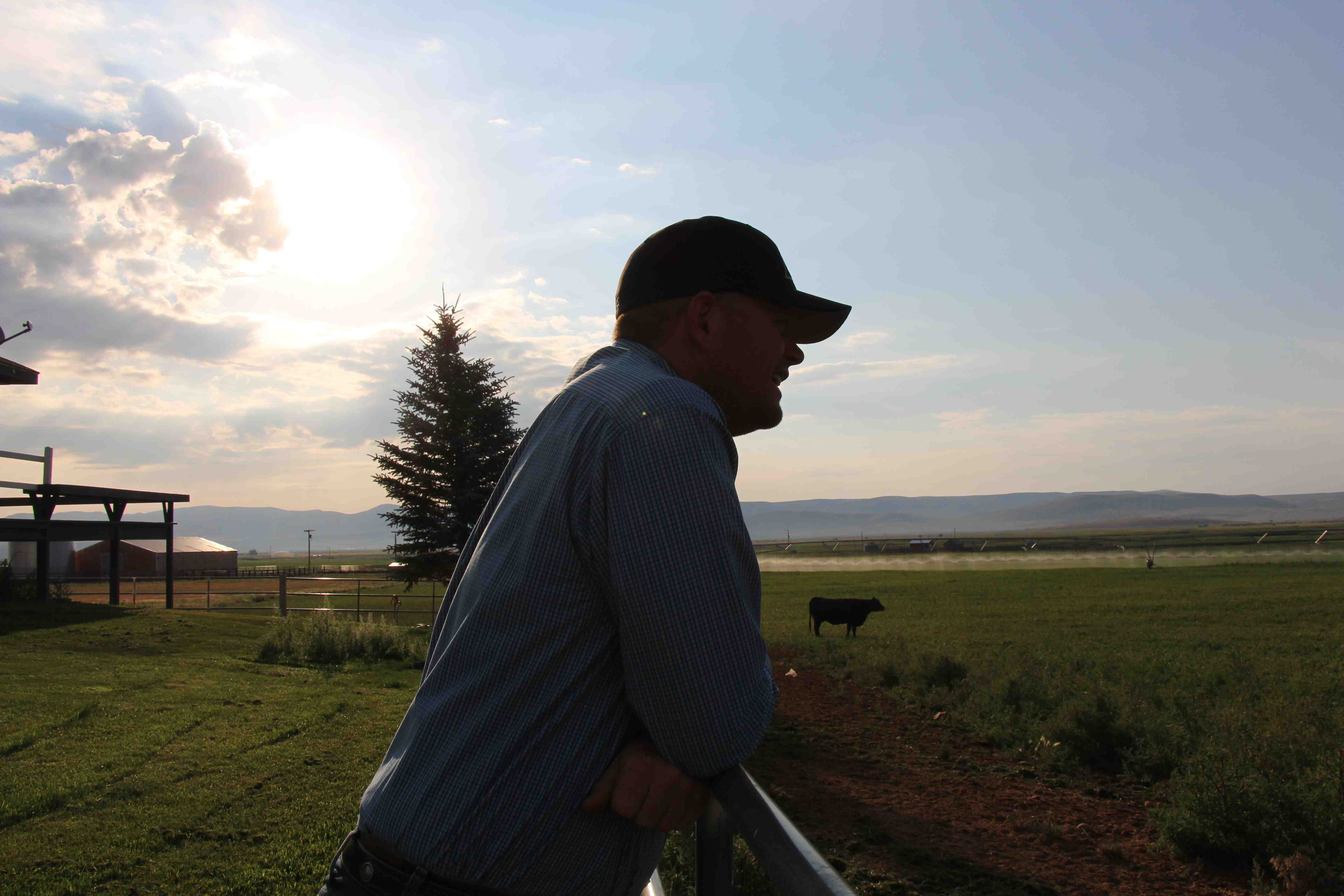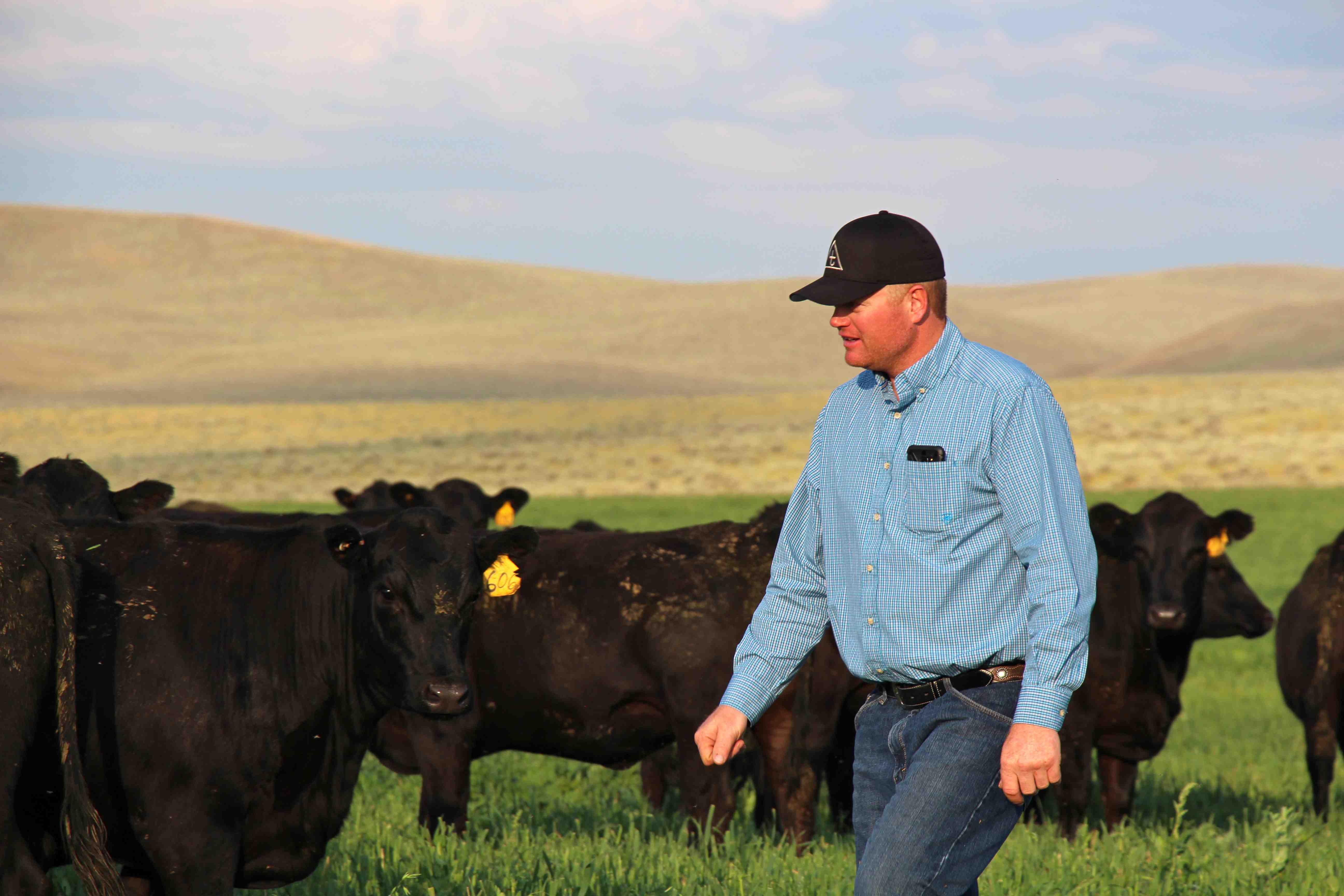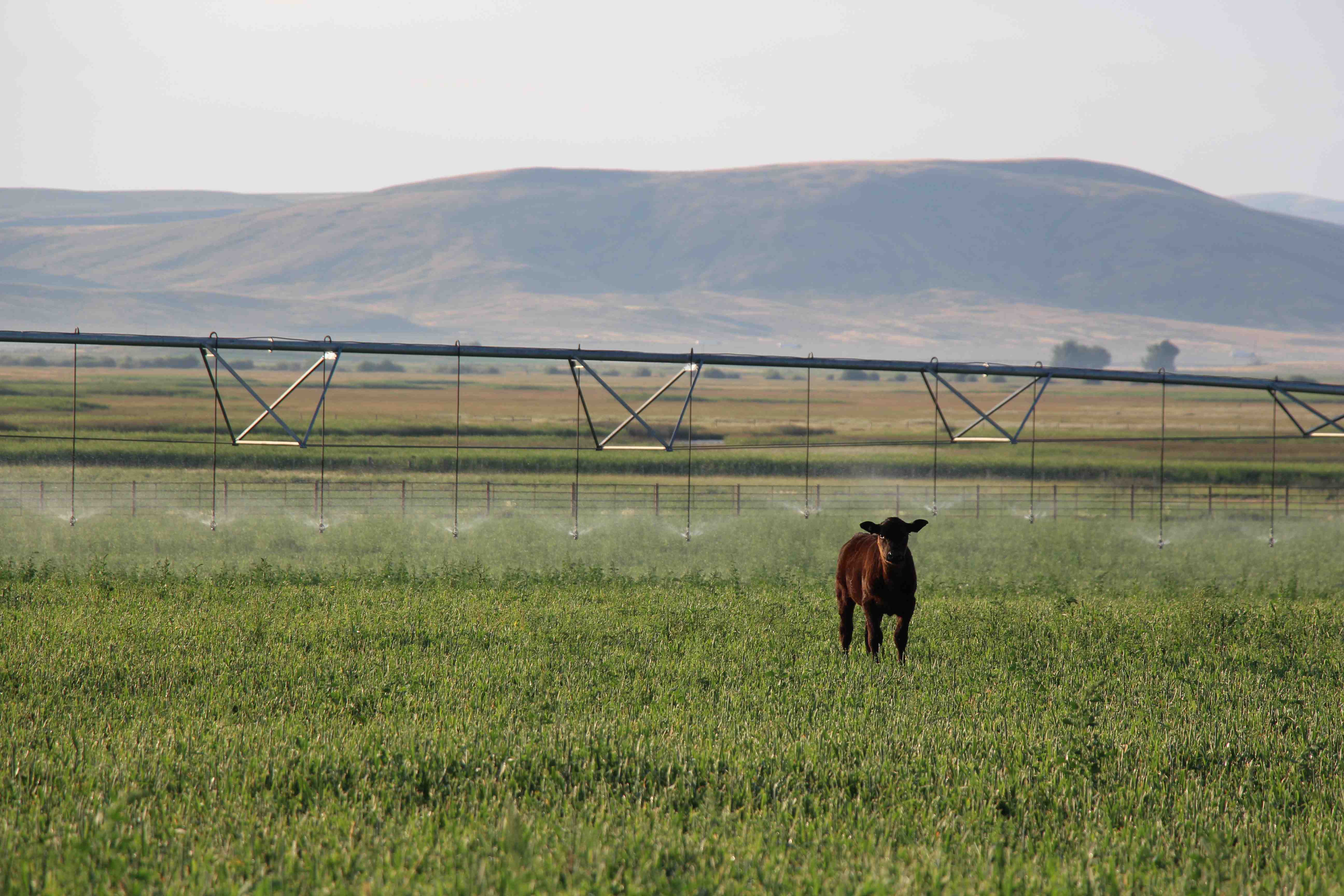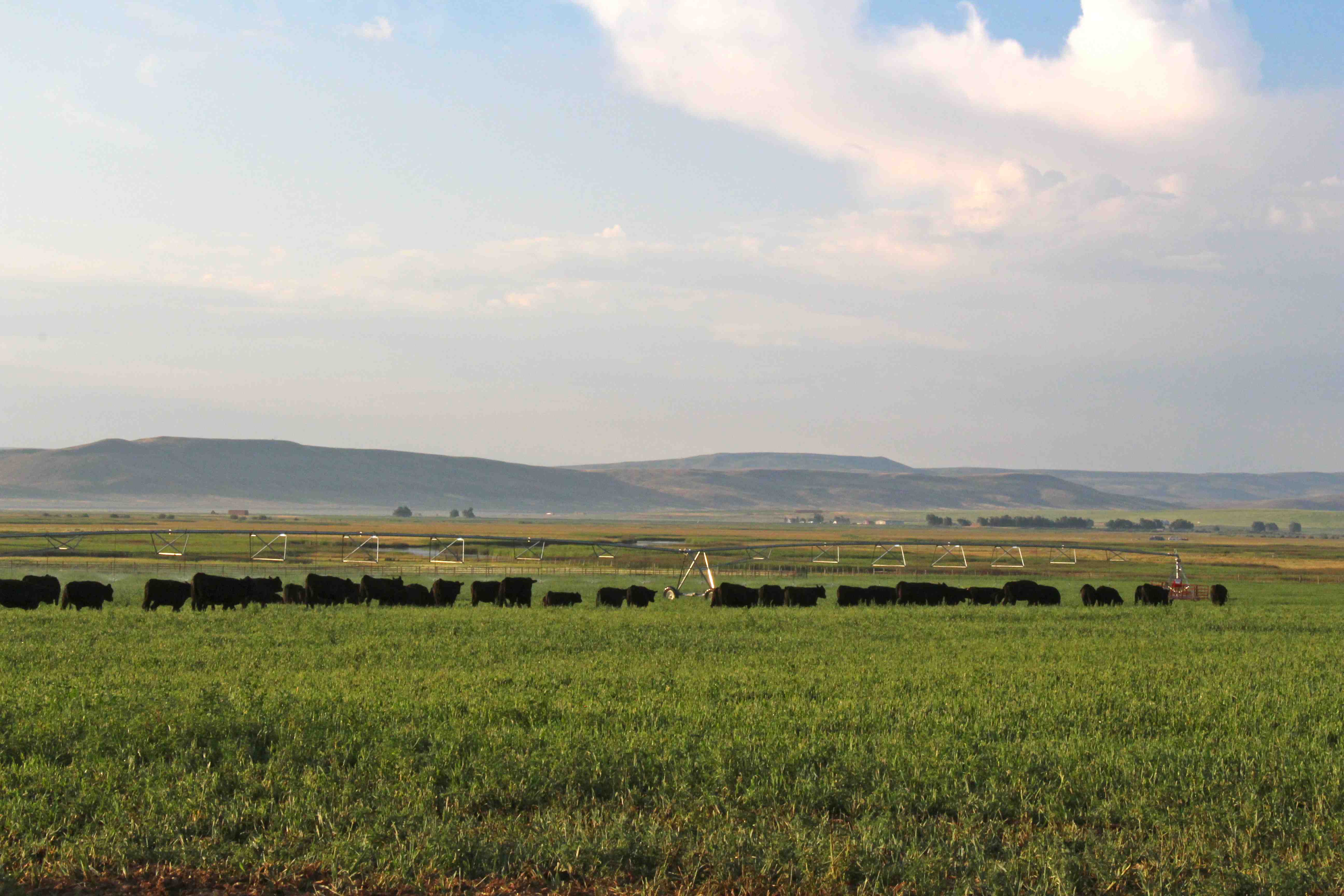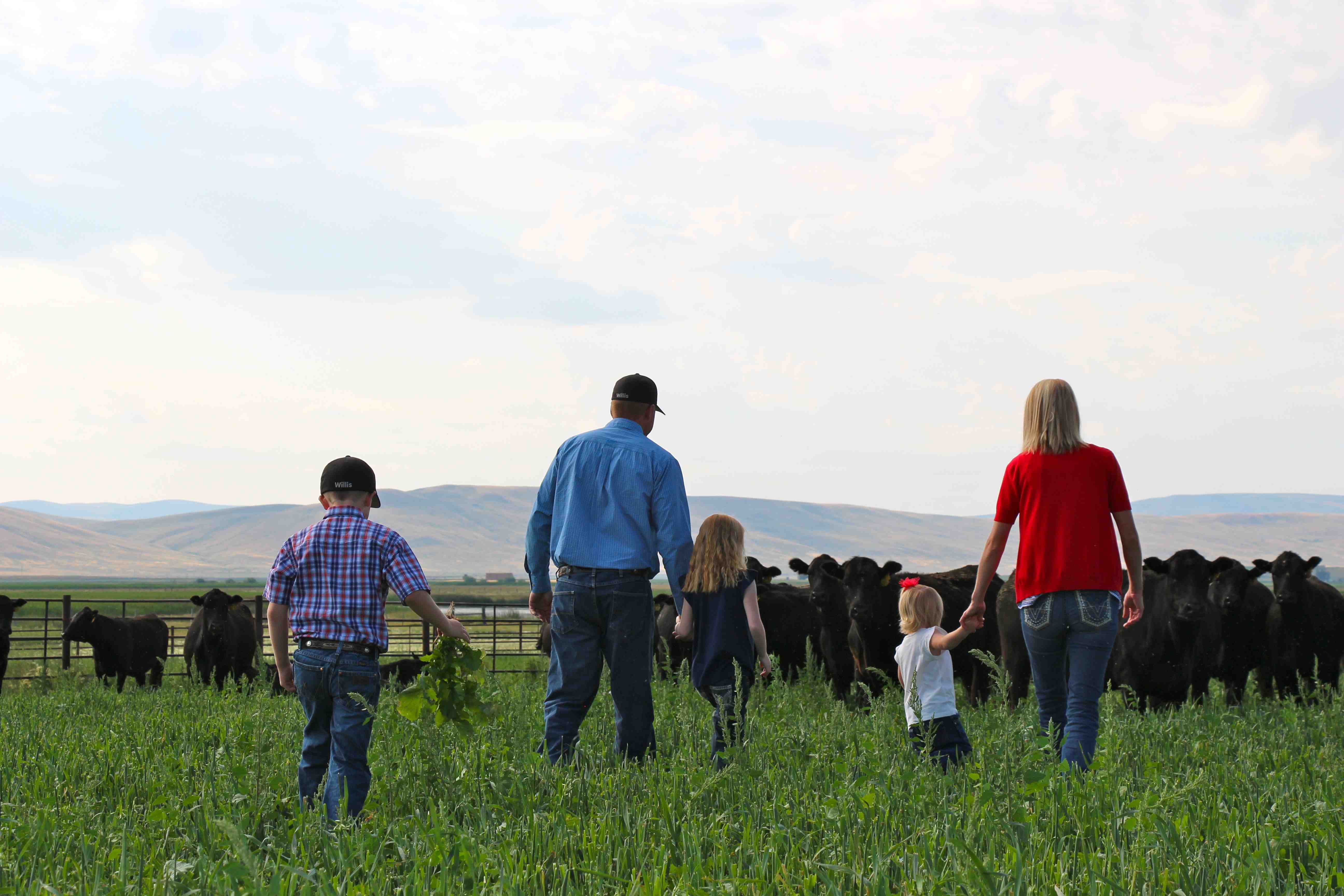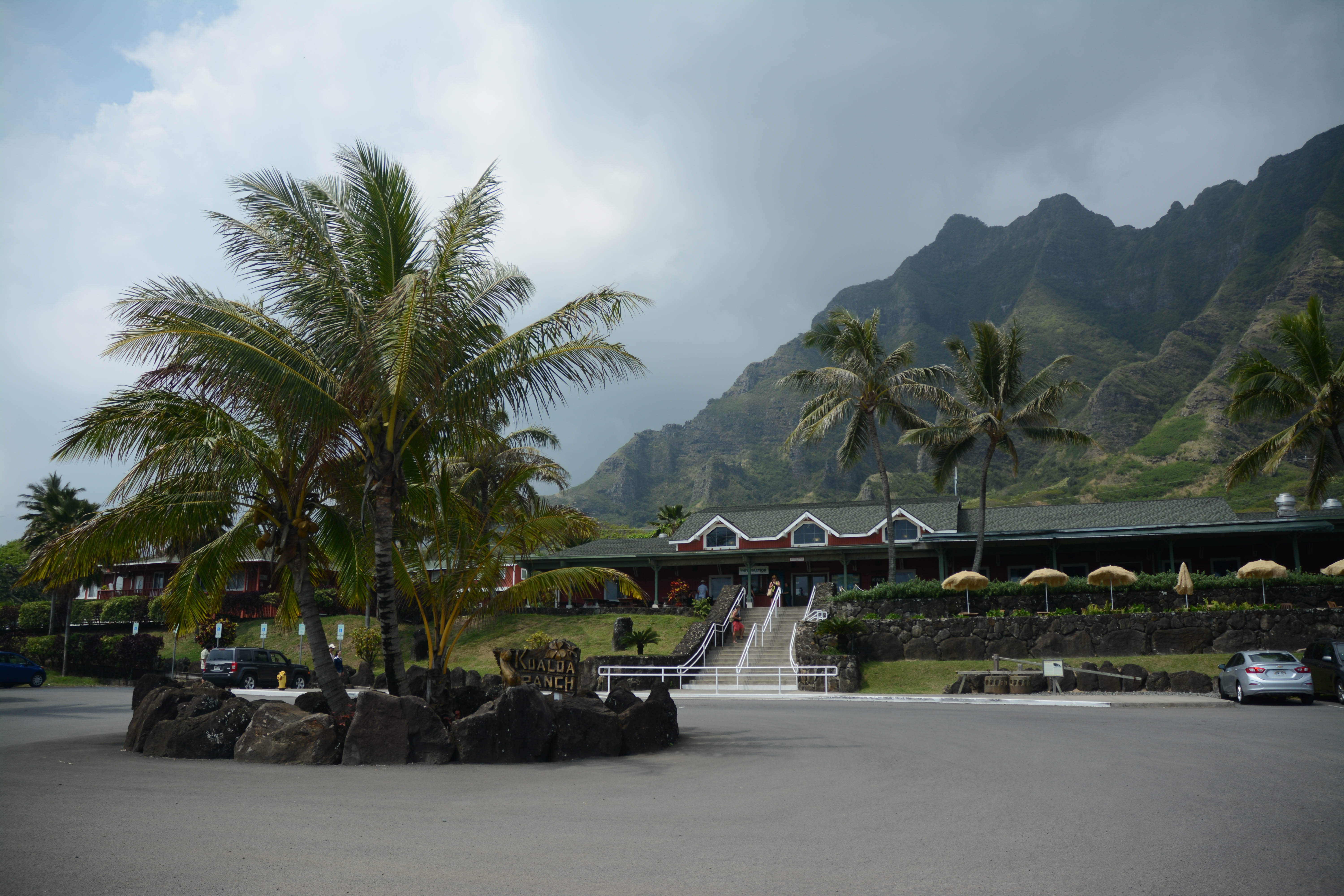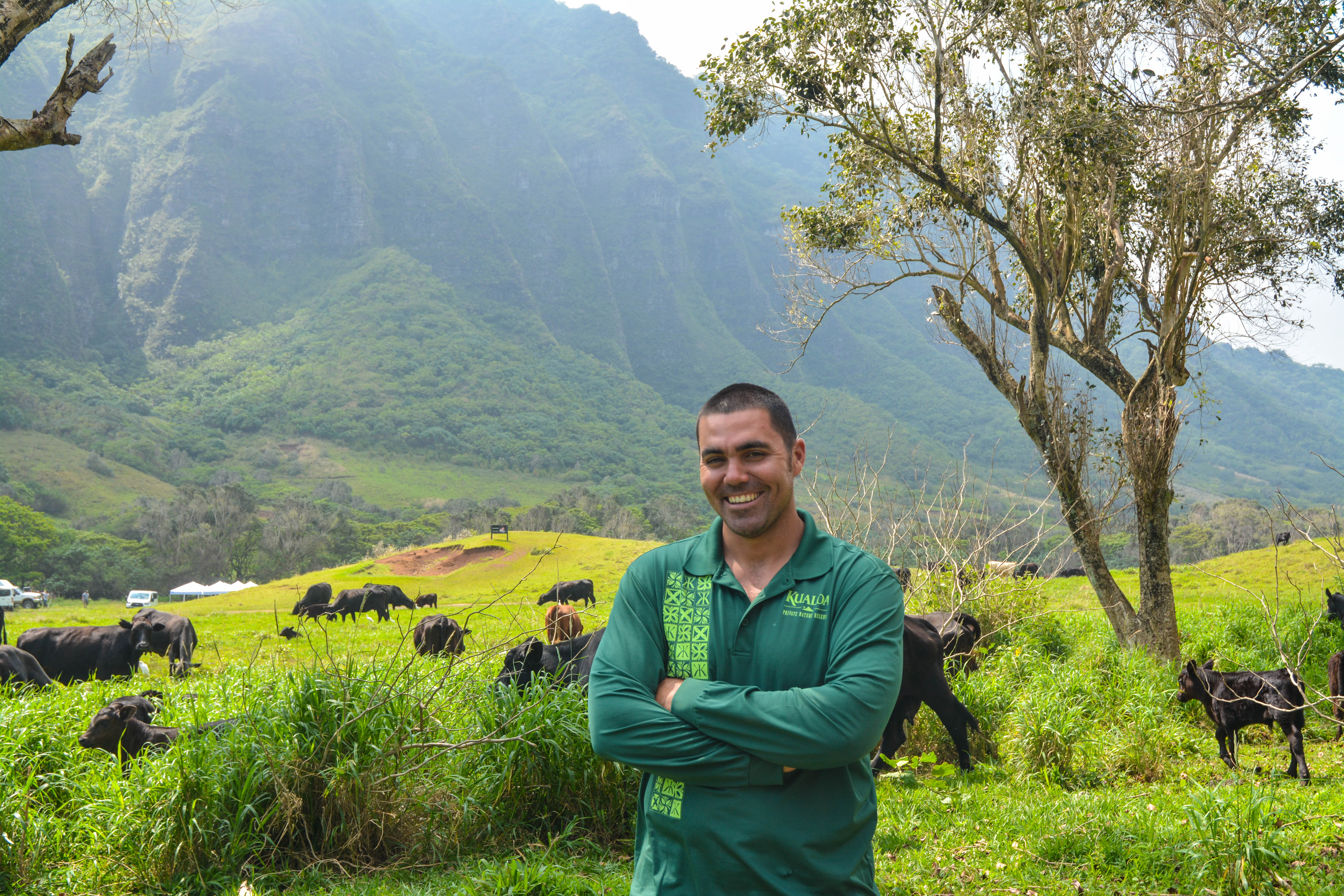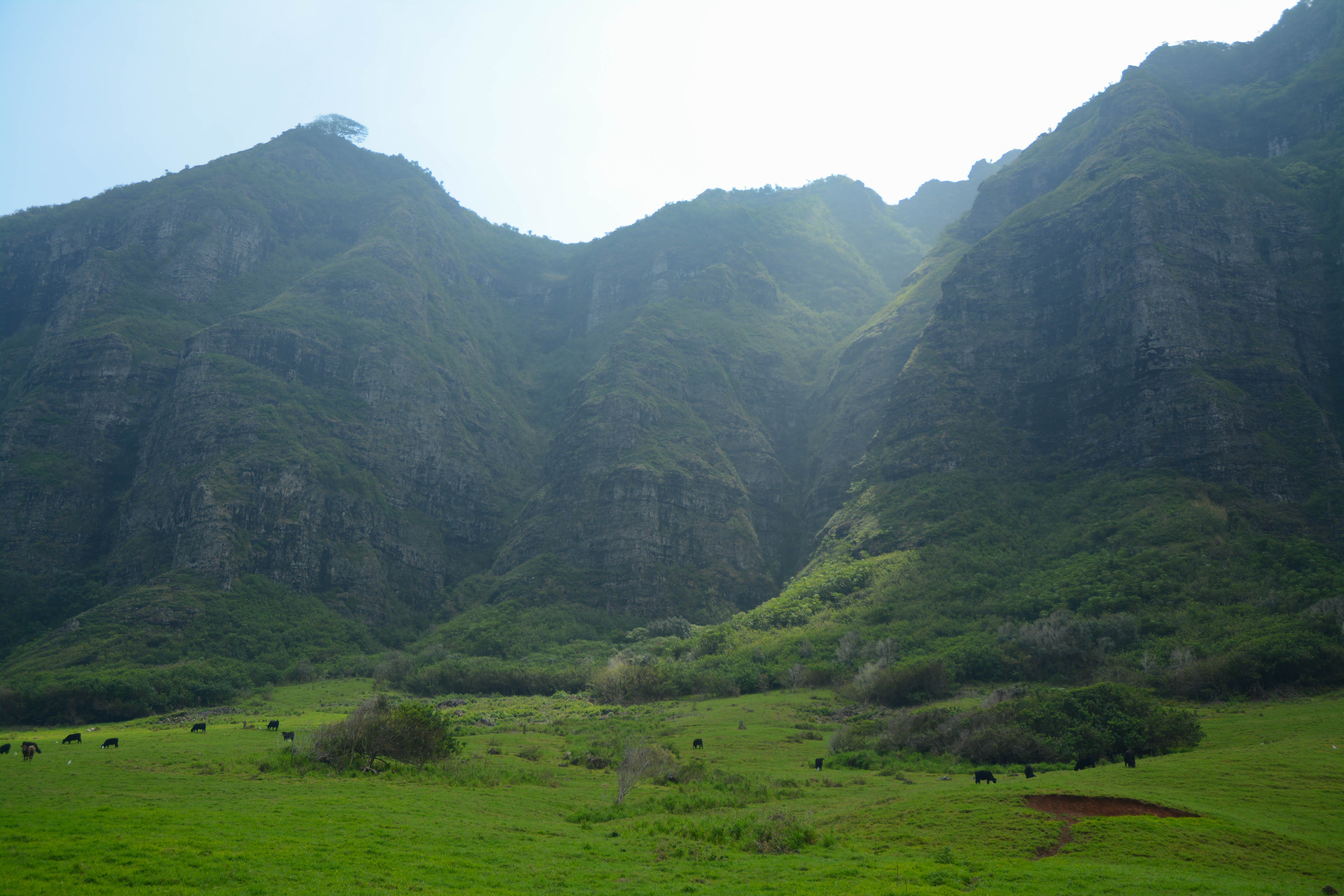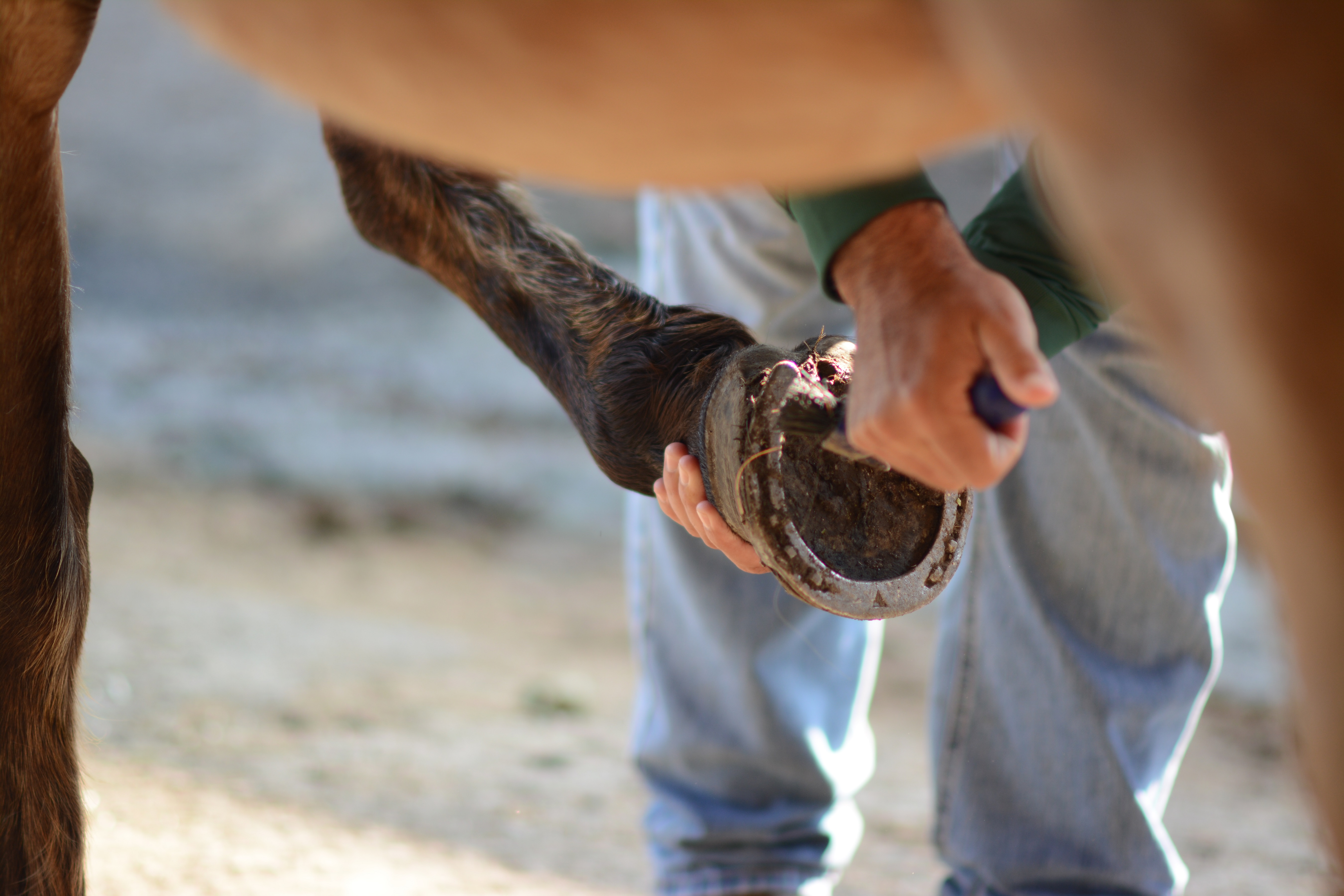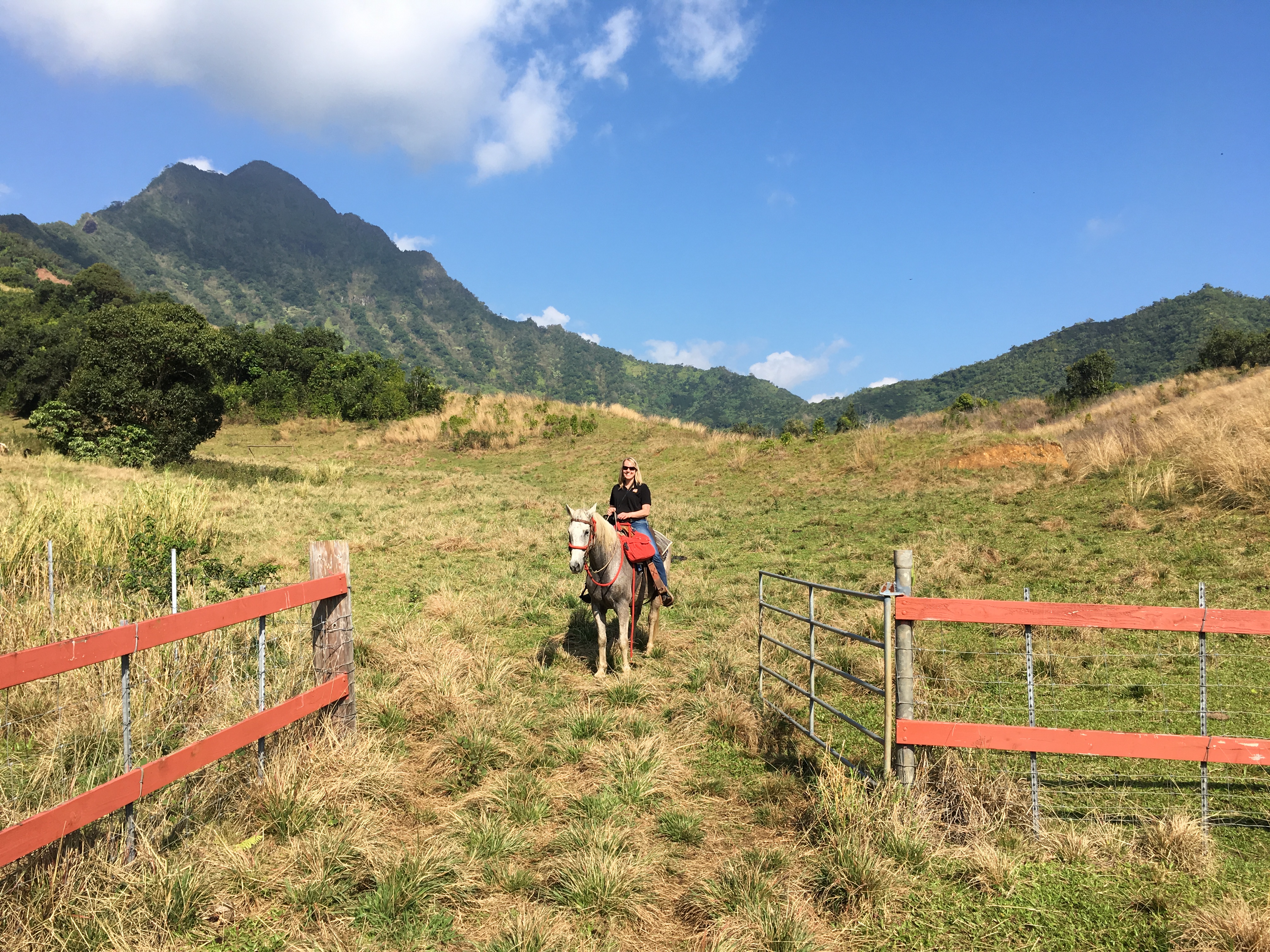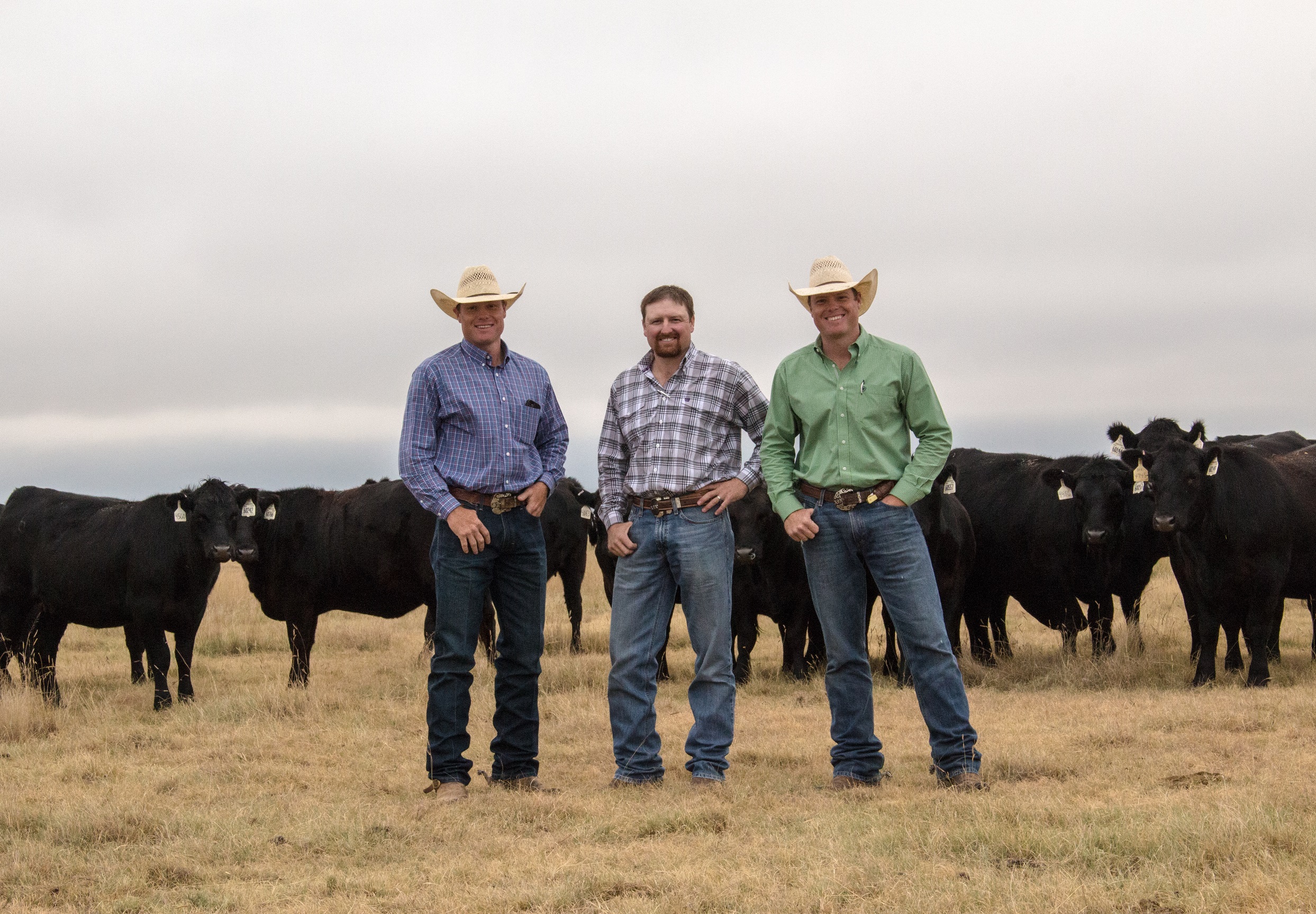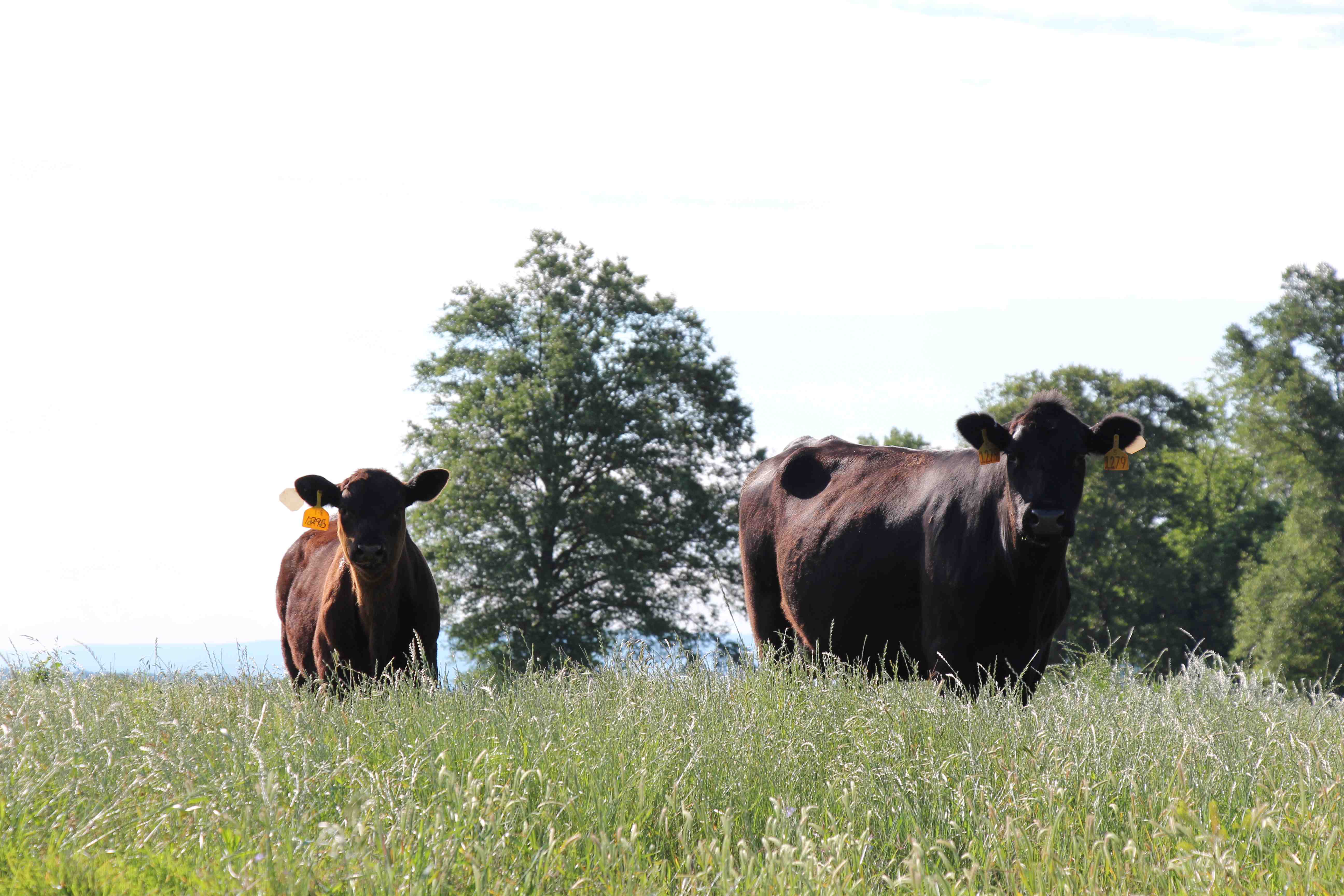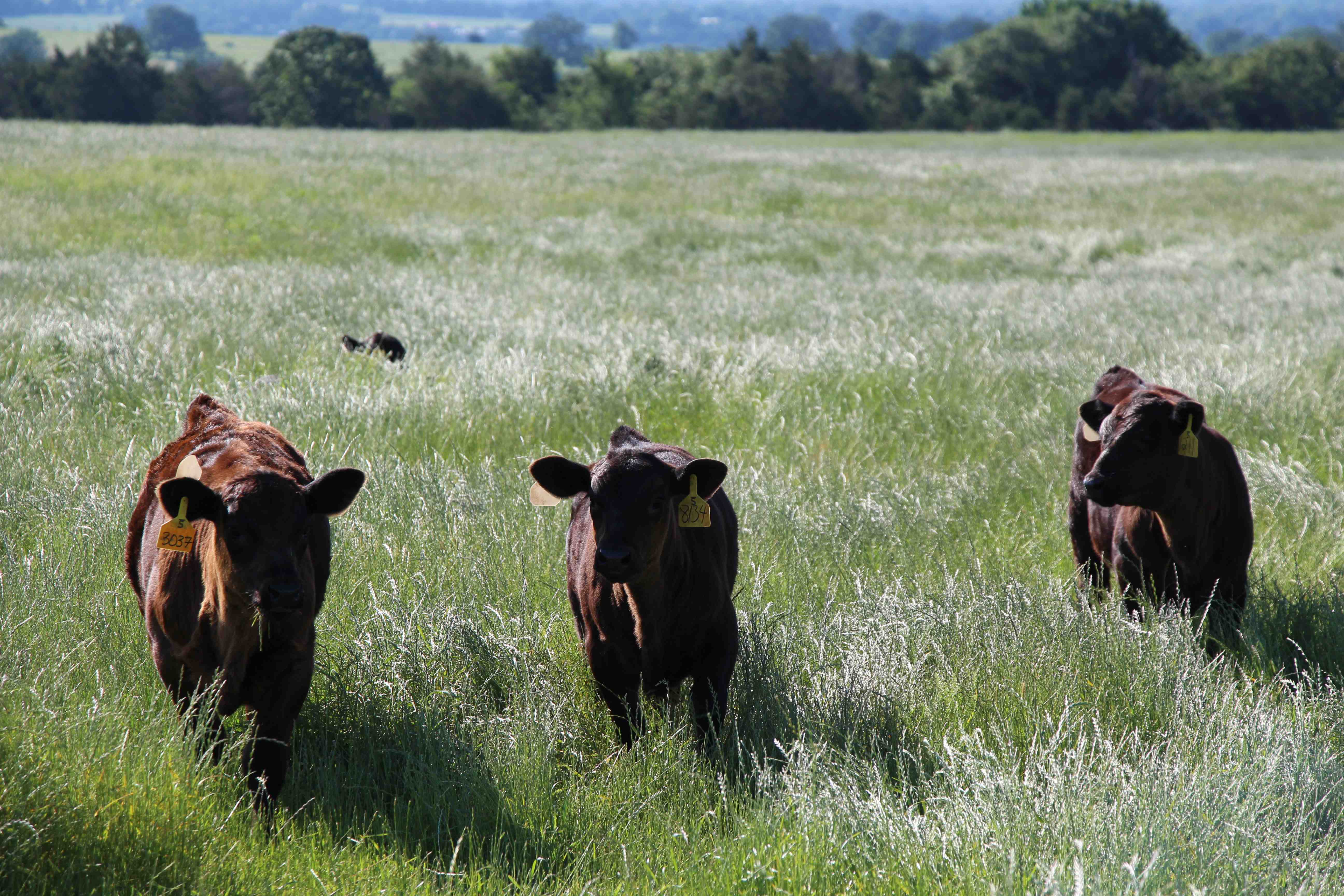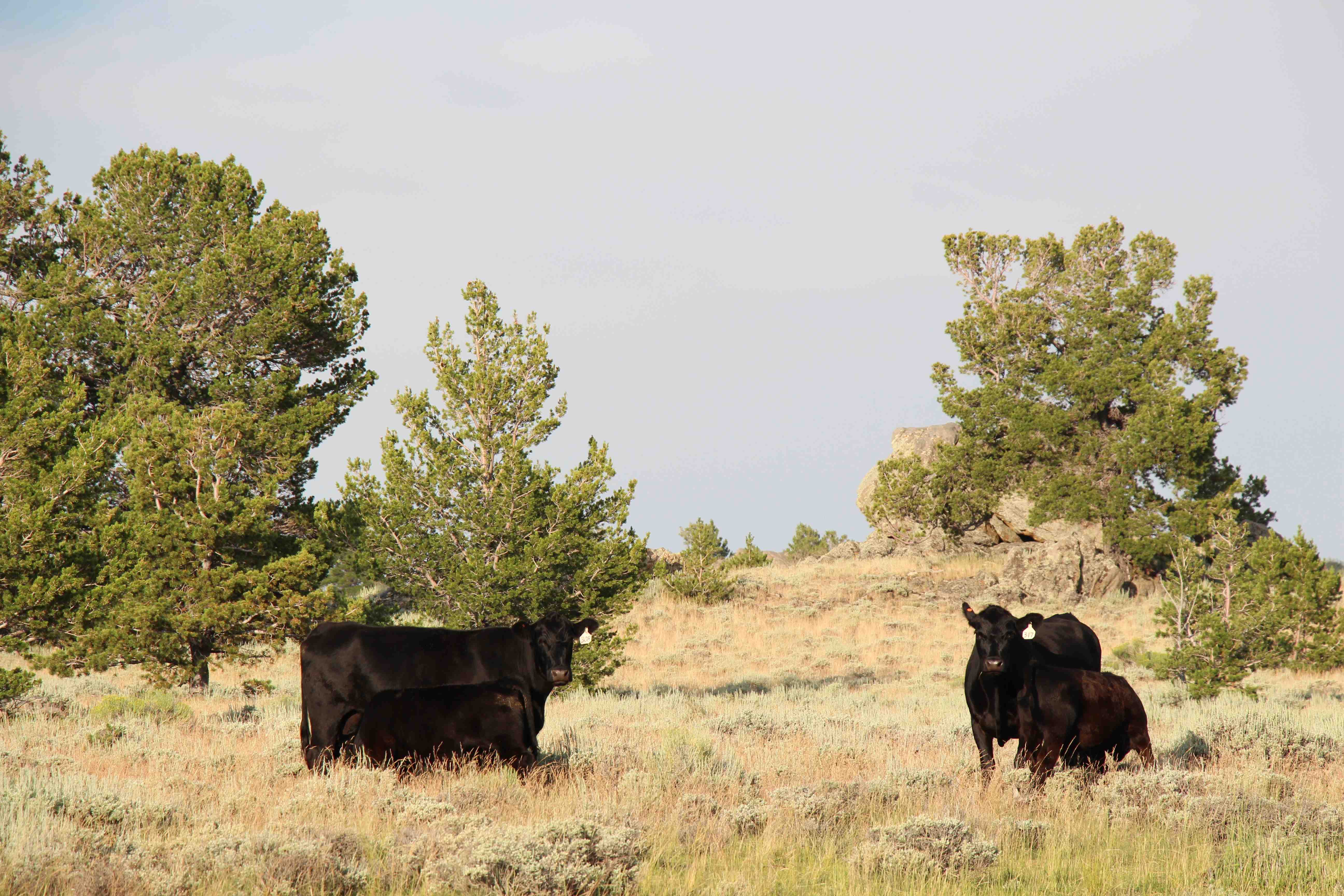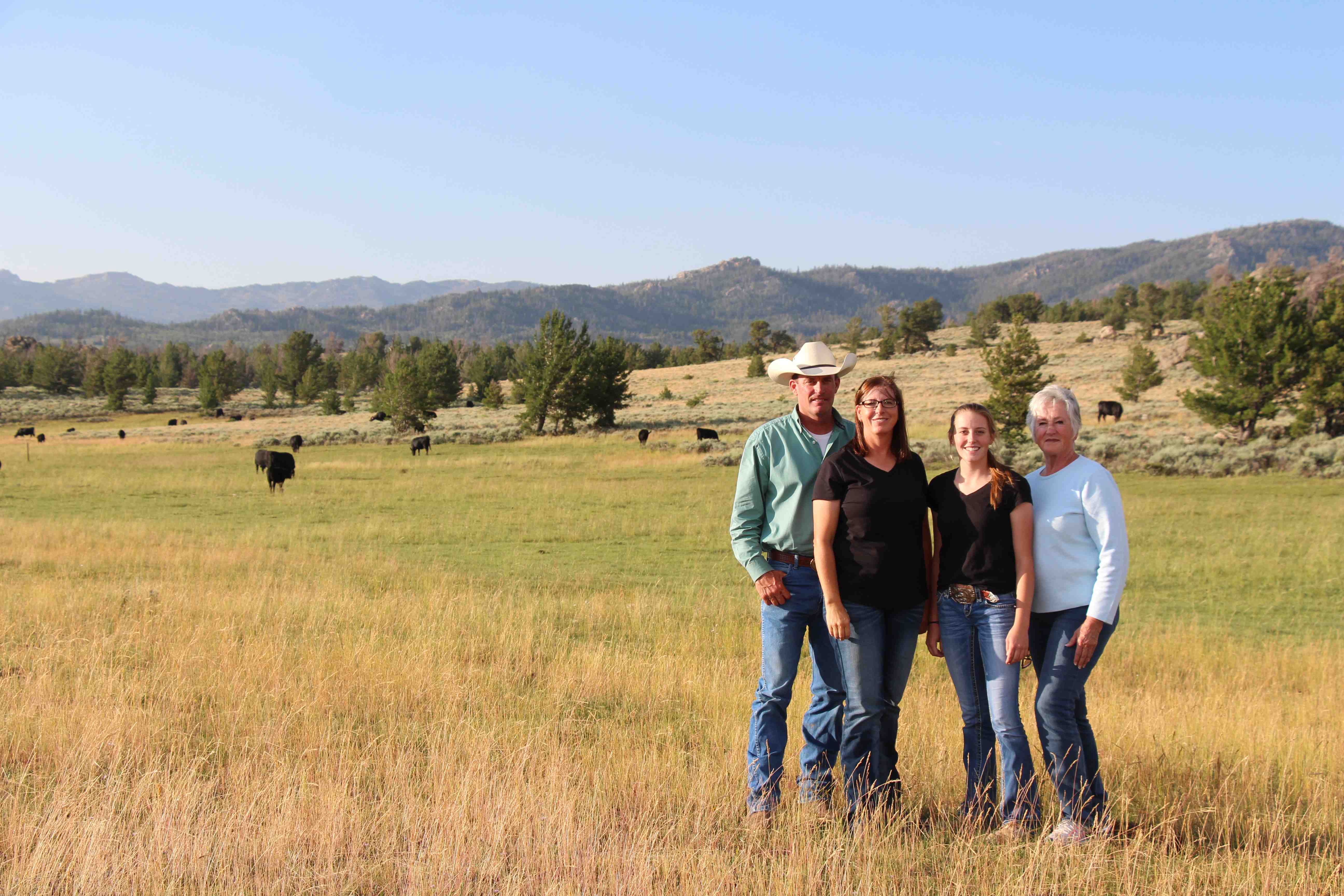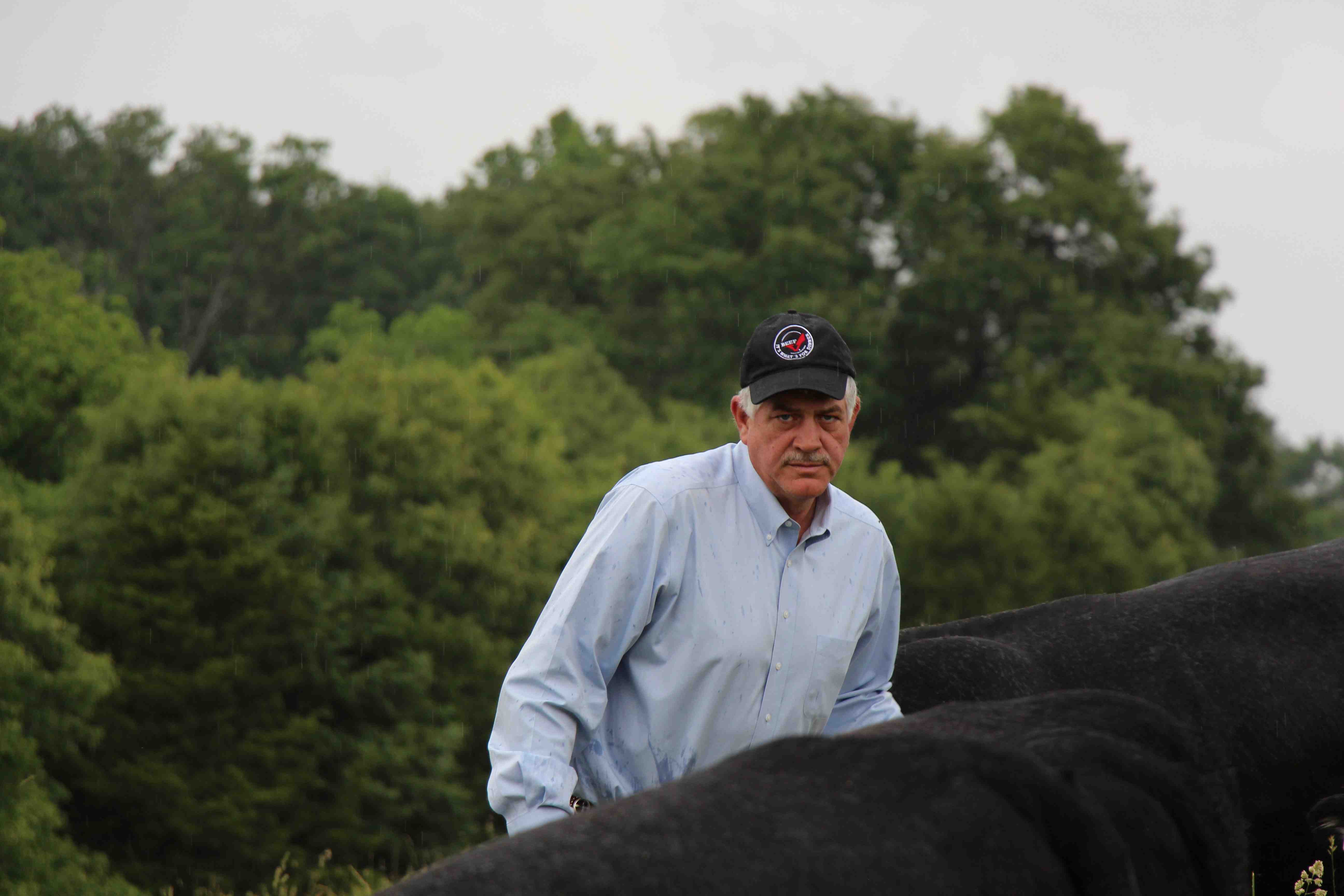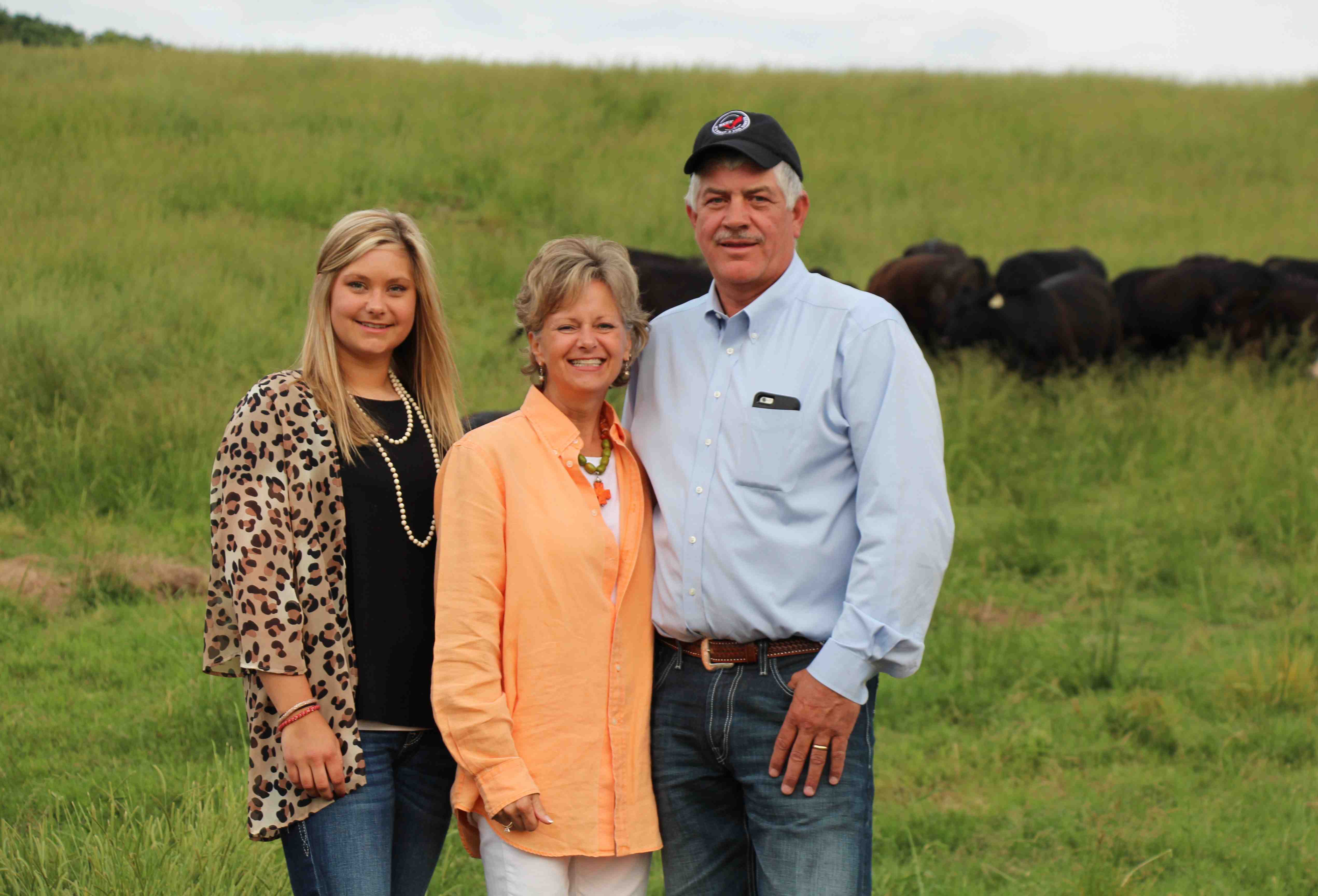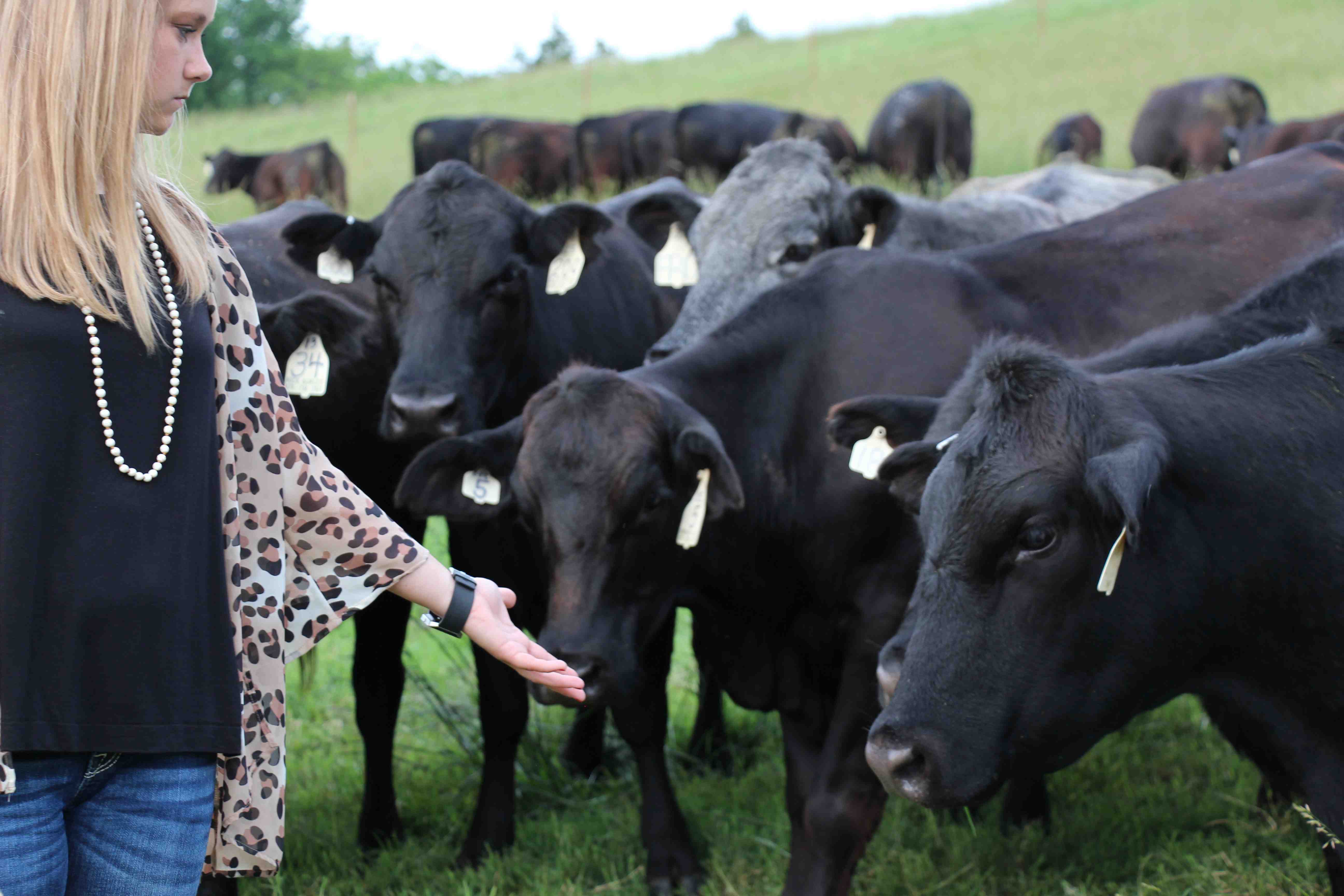A heritage of quality
The first thing we talked about was how dry the winter had been. It was mid-April and the Kansas prairie didn’t look a day after January. Andy Larson’s cows were out on pasture near Green, Kan., but still being supplemented as, ironically, there was very little green grass in sight.
While it was too early to tell if the drought would last the whole year (it didn’t), the knowledge that it could brought memories of the five generations before him. They persevered and brought Larson Family Farms through the Dust Bowl, Great Depression, 1980 financial crisis and many other difficult times. Today, Andy manages the 500 commercial Angus cows and thousands of acres of pasture and crops with his father Raymond.
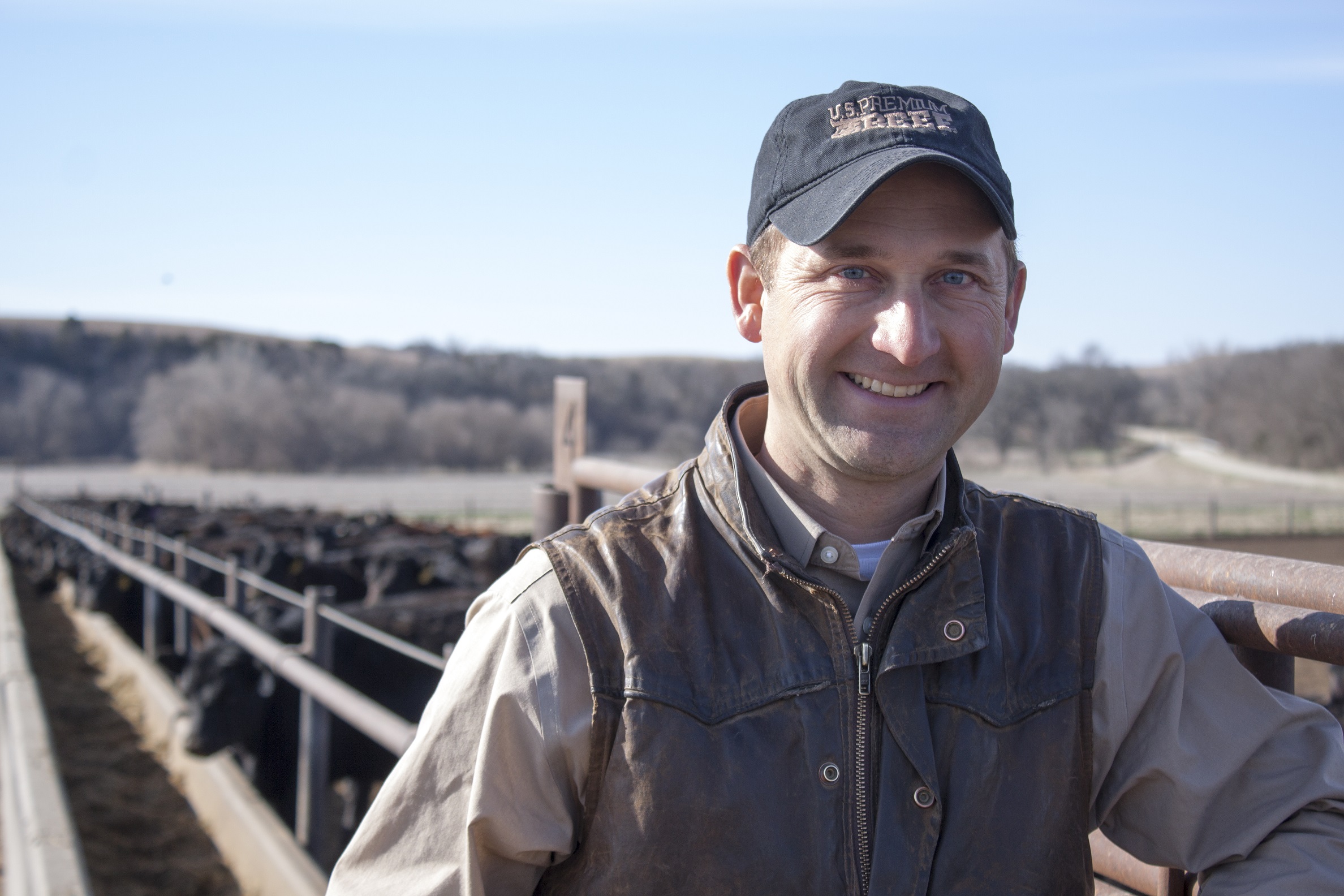
“We’re just your normal Kansas operation, built by generations of hardworking family members,” the younger Larson says.
The family started with a Hereford herd and over the years have bred up to an Angus herd that consistently reaches high-quality marks. Last year 60% of the 181 finished calves sent to market qualified for the Certified Angus Beef ® (CAB®) brand.
Andy says they accomplished that through a combination of breeding, nutrition and utilizing carcass data.
“There are a lot of things we do to try to make sure once that calf hits the feedyard, he’s prepared to excel,” he says. “It starts with nutrition, includes health, and some of it comes back to genetics.”
Taught by those generations before him, Andy wants to keep stepping things up. One example? Performance and finishing cattle earlier without sacrificing quality.
“We want to be known as somebody who has a product that can be stood behind,” Andy says. “Everything we do here, we do with the goal of producing beef with the intention of maximizing the quality of that animal, and then doing it as efficiently as possible.”
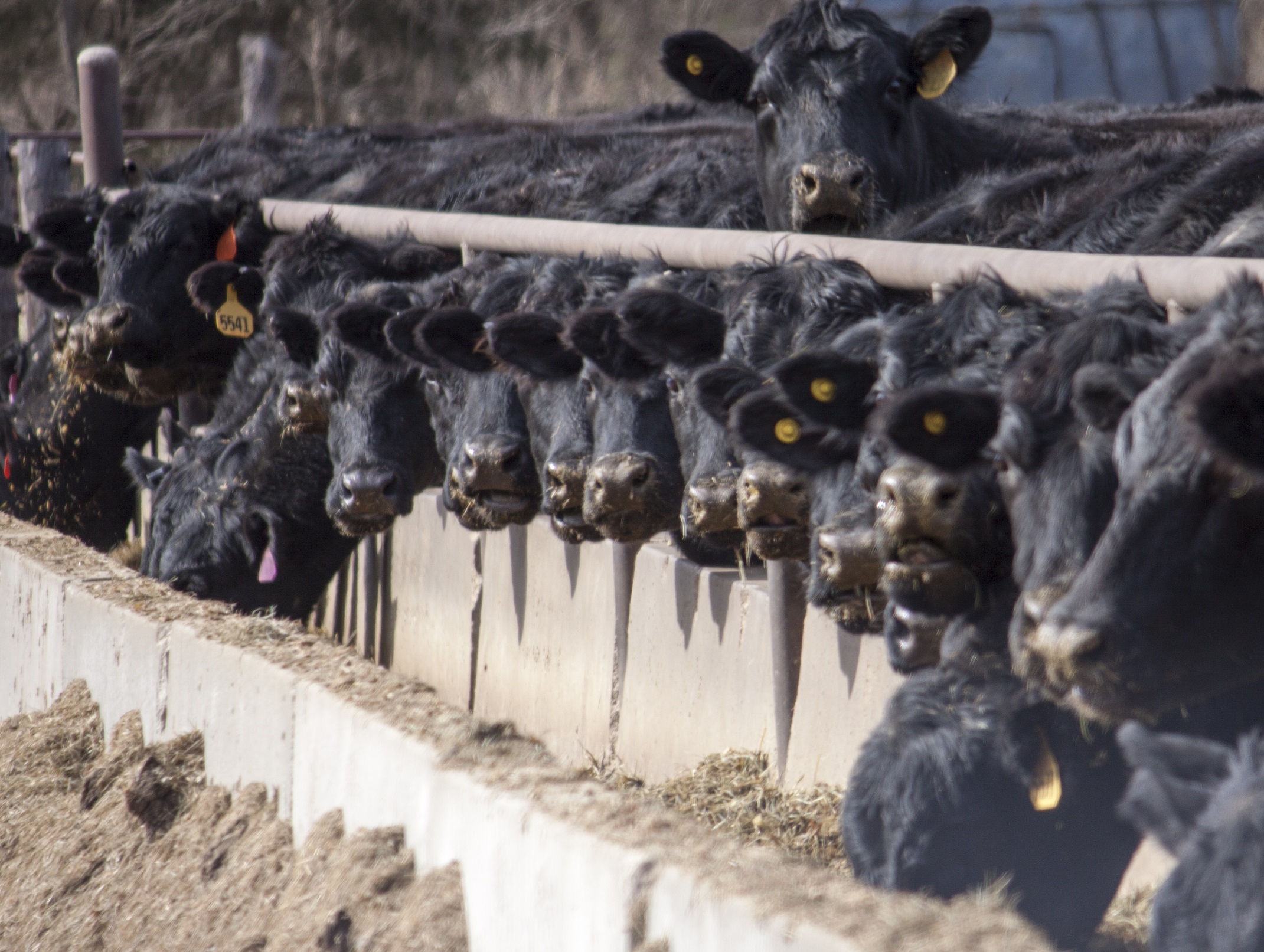
His family farm history runs deep.
As the industry changes, he wants to keep up, “but not forget that we’re here for producing a quality product, and that we’re here to do things the right way.”
He knows the operation was not built overnight and that the drive to produce the best was inherited.
“We’re stewards of the cattle. We’re just the caretakers,” he says. “It’s all for somebody on down the line.”
~Jill
PS–To learn more about Andy Larson and his operation, watch for an upcoming story in the Angus Beef Bulletin.
Jill Seiler recently completed her 2018 spring producer communications internship. Her dairy farm upbringing, combined with Kansas State University ag communications education, gave her experience to draw on when interviewing ranchers and researchers the past few months.
You may also like
From White House to Farmhouse
At Pleasant Valley Farm in Brookville, MD, four generations of the Stabler family have blended tradition and innovation to create a thriving, diversified Angus operation. Honored with the Ambassador Award at the 2024 Certified Angus Beef (CAB) Annual Conference, the Stablers exemplify a commitment to sustainable farming, community engagement and educational outreach. Their significant contributions to the hosting on behalf of the CAB brand highlight their commitment and play a key role in receiving this award.
What’s Good for the Cattle, Is Good for the Wetlands
JY Ferry & Son, Inc., named the 2024 Certified Angus Beef Sustainability Award winner, exemplifies how sustainability in agriculture can bridge quality beef production, land stewardship, and wildlife management. At JY Ferry & Son, what’s good for the cattle is good for the wetlands—and good for the next generation of this multi-generational family business.
Humble Growth
Customers from around the world file into the Shamrock Shack beside their sale ring each spring and fall. They’re not just buying into Connealy cattle, but the customer-service guarantee. For getting that and a lot more right, Connealy Angus was recognized with the 2024 Seedstock Commitment to Excellence award.







